
The First Jewish Open-Air Museum in Europe :
You don’t need to enter a Museum

Now the whole city of Radomsko is a Jewish Open-Air Museum !

Unlike Warsaw or other cities in Poland, the buildings in Radomsko survived the bombing. Miraculously, only 2 sides of the big square and some factories in the vicinity have been destroyed.
800 to 1000 years of Jewish presence in Poland, a land of asylum for all Jews who fled European autodafes, left deep traces in all areas. Jewish traces in Radomsko go back at least to the year 1500.
In addition to being an enormous Hasidic center, Radomsko was a high intellectual place of Jewish culture in Eastern Europe, notably its famous library “Shalom Alechem”, known at the time throughout Poland to own 15,000 books in Yiddish and Hebrew !
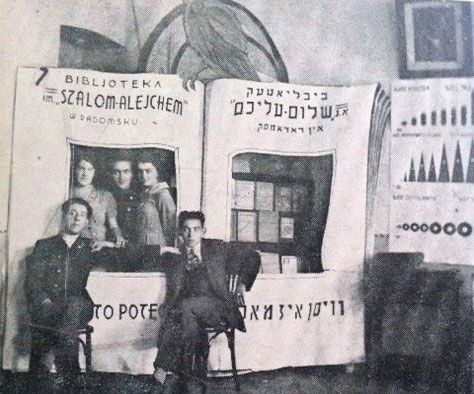
The city also prided itself on no less than 4 Jewish schools, several sports clubs and associations such as “Hapoel”, “Hakoach”, “Hashomer Hatzioni”, “Maccabi”, “Histadrut” and even the “KKL/JNF” !
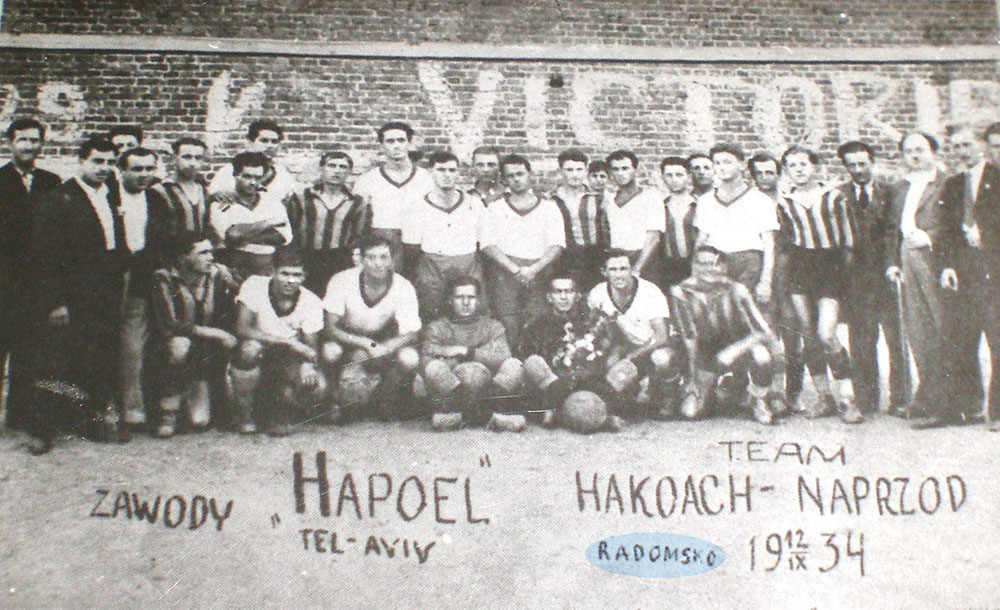

Several kosher hotels, restaurants and even a movie theater
where you could see movies in Yiddish !
Radomsko’s economic development glowed in the middle of the 19th century with the construction of the railway line Prussia to Russia by the Jew of Radomsko Berisz Ferszter and with the miraculous blessing of the great Tzadik of Radomsk, Tiferes Shlomo za”tsal.
The ancient splendor of the city still resonates through its typical architecture : 80% of Radomsko was built on Jewish initiative and notably the Ratusz, the former Town Hall on the main square, built by the Jew Mosze Feinkind.


Art Nouveau furniture lovers will also be delighted to learn that in Radomsko
were located the famous firms “Thonet-Mundus”, “Mazowia” and “Jacob i Josef Kohn” !


No fewer than 60 institutions that before the creation
of this exceptional Museum nobody could locate.
And still to be mentioned, the incredibly preserved Jewish cemetery, home to more than 3000 graves and the pilgrimage site of the third Greatest Tzadik of Poland, Tiferes Shlomo za”tsal.


Thanks to this exceptional heritage, the entire city of Radomsko
is now a unique Jewish Museum in Europe and probably the biggest one existing, on 13 Km
It is a journey back in time that celebrates the remembrance of the LIFE of the Jews through
60 granite plates of 60 x 50 cms implanted directly in the sidewalks in front of each building
that housed an activity in the religious, intellectual, artistic, sports and architectural fields.
We literally walk in their steps !


How was the idea of the Museum born ?
My personal story brought me there.
My Dad, Herschele-Heniek Kesselman z”l, was a survivor of Radomsko.

In 2010, I created “Yiddele’ Memory”, the Association of the Young Children of Holocaust Survivors, which gave me the honor and the joy to meet, among others, the great Professor Elie Wiesel z”l and Stephen Smith, the Director of the “Spielberg Shoah Foundation”. Those 2 meetings gave me the click to go to Radomsko, even if I had sworn that I would never go to Poland.
Those two amazing leaders of the Jewish world said to me with 3 days apart, by chance, the exact same sentence, using the same words and the same gesture, showing me their watch. They strongly advised me to go to Poland, waiting no more, to perhaps meet with old people who might have known my family and who could deliver their memories to me. That if I would not go “now”, I would lose this last opportunity for ever and I would always regret it.
I was overwhelmed by this synchronicity and 4 days later, I landed for the first time in Radomsko. How good did I do !
As soon as I arrived, I immediately fell in love with this city that I never imagined so charming and captivating !



In October 2012, after the extremely moving visit of 200 students from the school of Kiryat Bialik (Israel), a town with which Radomsko is twinned, I proposed to the city to create the First Jewish Open Air Museum in Europe and the answer was immediately positive. A real miracle !

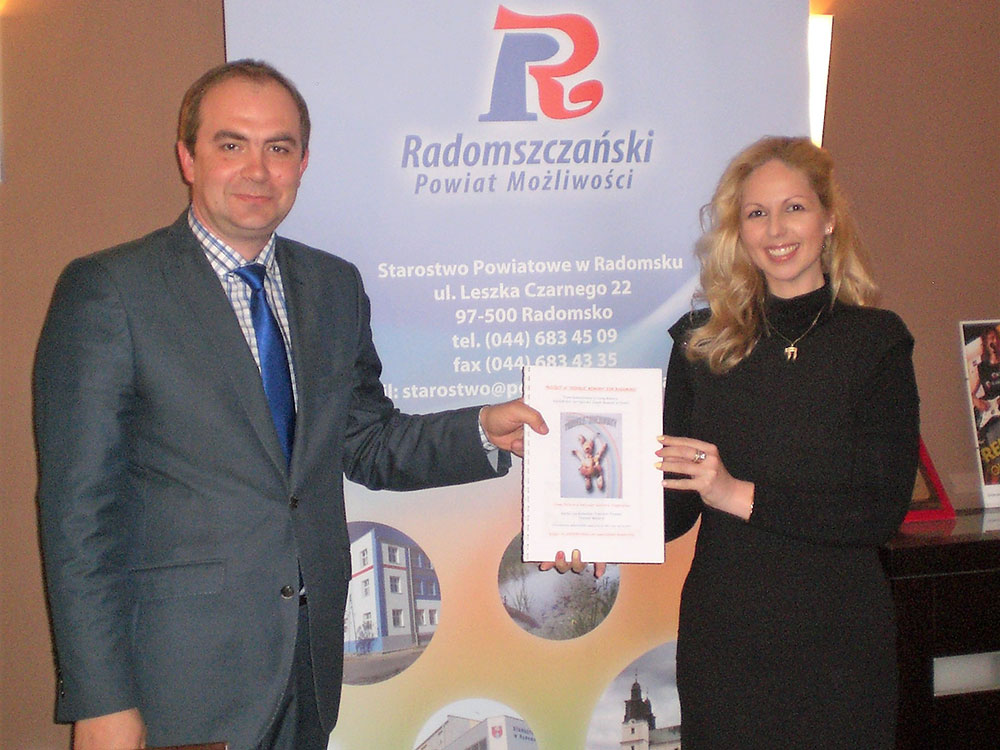
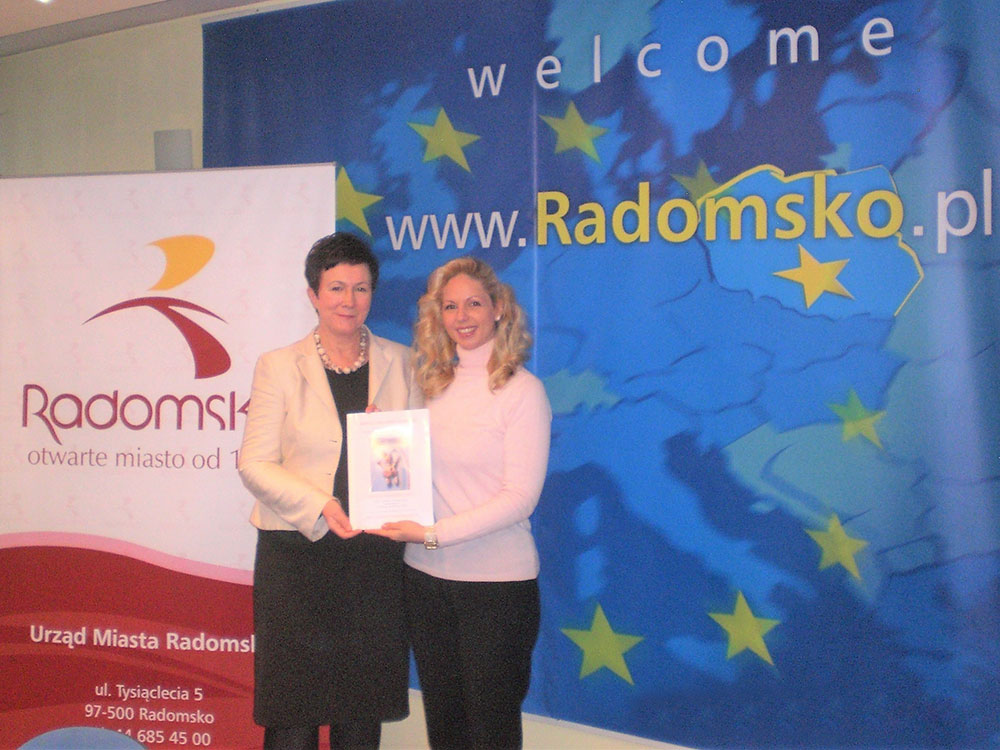
It is under the sponsorship of the Association “Yiddele’ Memory” that the “Kesselman Museum” has been created in Radomsko.
The First Jewish Open Air Museum in Europe has been inaugurated on June 2nd 2014, on my late father’s birthday z”l, in presence of many Ambassadors from Europe, Israel and Argentina and a hundred guests from all over the world.


Who is the “Kesselman Museum” made for and for what purpose ?
*The “Kesselman Museum” is open to all lovers of Jewish history !
*For educational purposes, the “Kesselman Museum” is aimed at young Poles who sometimes do not know that Jews lived in their cities until 1943. In small towns, their number often reached 40, 50% of the population, and sometimes even more !
*And to young people from all over the world, including the “March of the Living”, who come to visit the extermination camps in Poland.
Poland is not only a land where 3,5 million Jews have been exterminated.
Poland is a land where Jews LIVED for almost 1000 years !
They have contributed to its cultural, scientific, medical, artistic and even military development !
In each step in Radomsko, you distinctly discover the JEWISH LIFE, the one that flourished throughout the city !
Come and discover it !
Time of war in Radomsko
If this unique Museum celebrates the Jewish life in every street, war can not be forgotten.
Therefore, 11 plates out of 60 retrace these 6 black years.


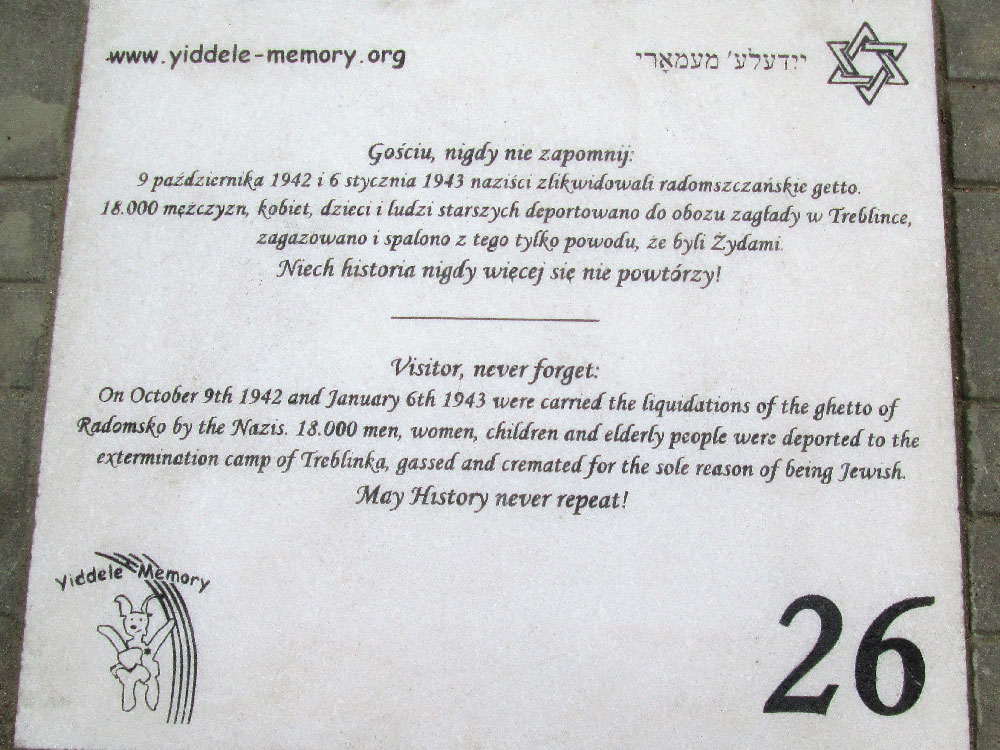
WWII began with the bombing of Radomsko (and the nearby city Wieluń) on September 1st 1939 at 5:00 a.m.
Radomsko was the 2nd ghetto of Poland since December 20th, 1939 (after Piotrków Trybunalski on October 8th).
There were about 25,000 inhabitants in the 1930s, 55% of them were Jewish.
On October 9th and 12th 1942 (28 Tishrei and 1 Heshvan), and on January 6th 1943 (29 Teveth), 18.000 Jews of Radomsko and of vicinity have been deported to the extermination camp of Treblinka. They were gassed and burned for the sole reason of being Jewish.
The Umschlagplatz, the Gestapo, the Judenrat among other places are therefore pointed out during the visit.
There is even a plate in honor of our hero of Radomsko, Herschele Grynszpan z”l, who denounced the misfortune made to the Jews as early as in November 1938 by an act of bravery in Paris that became the pretext for the Kristallnacht, the crystal night, in Germany.





